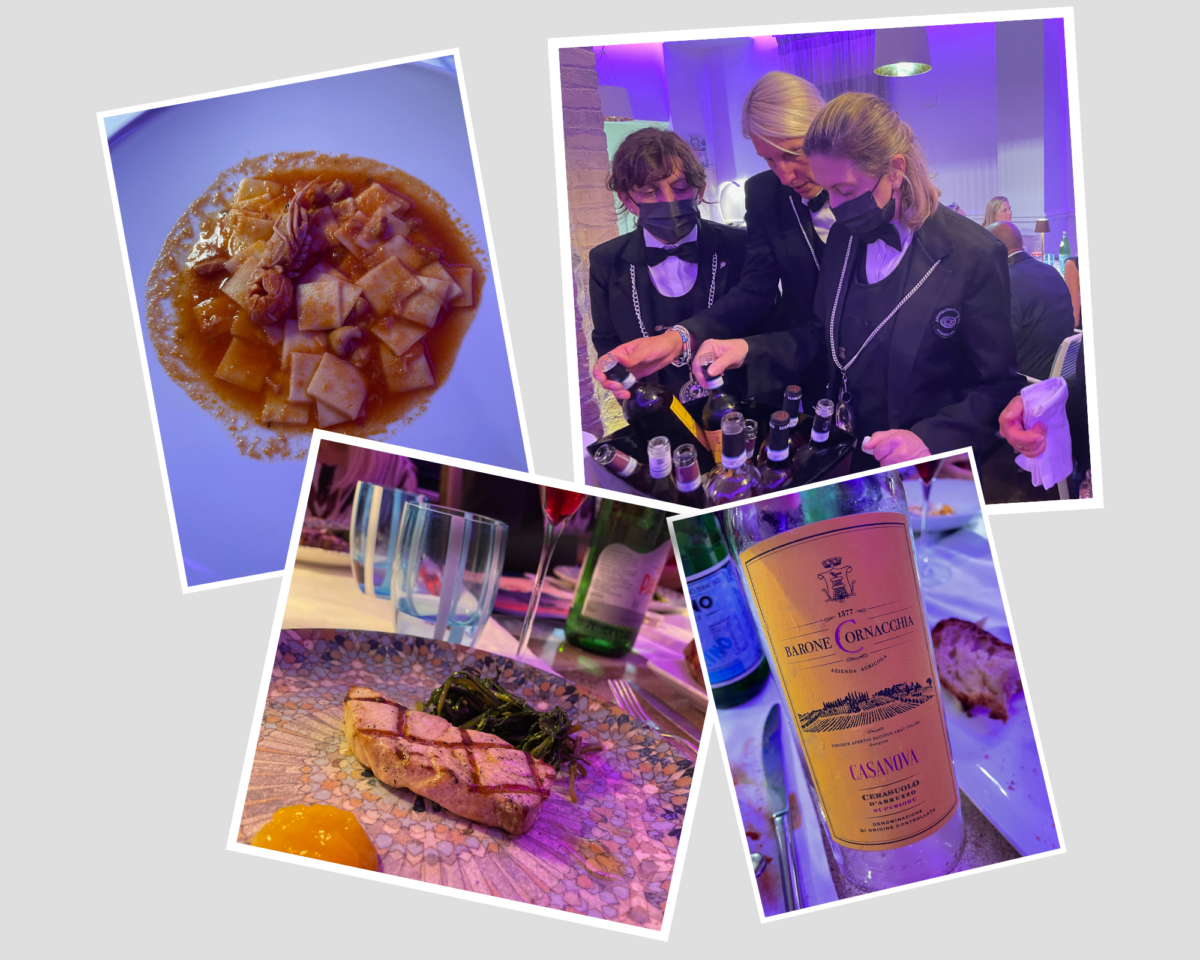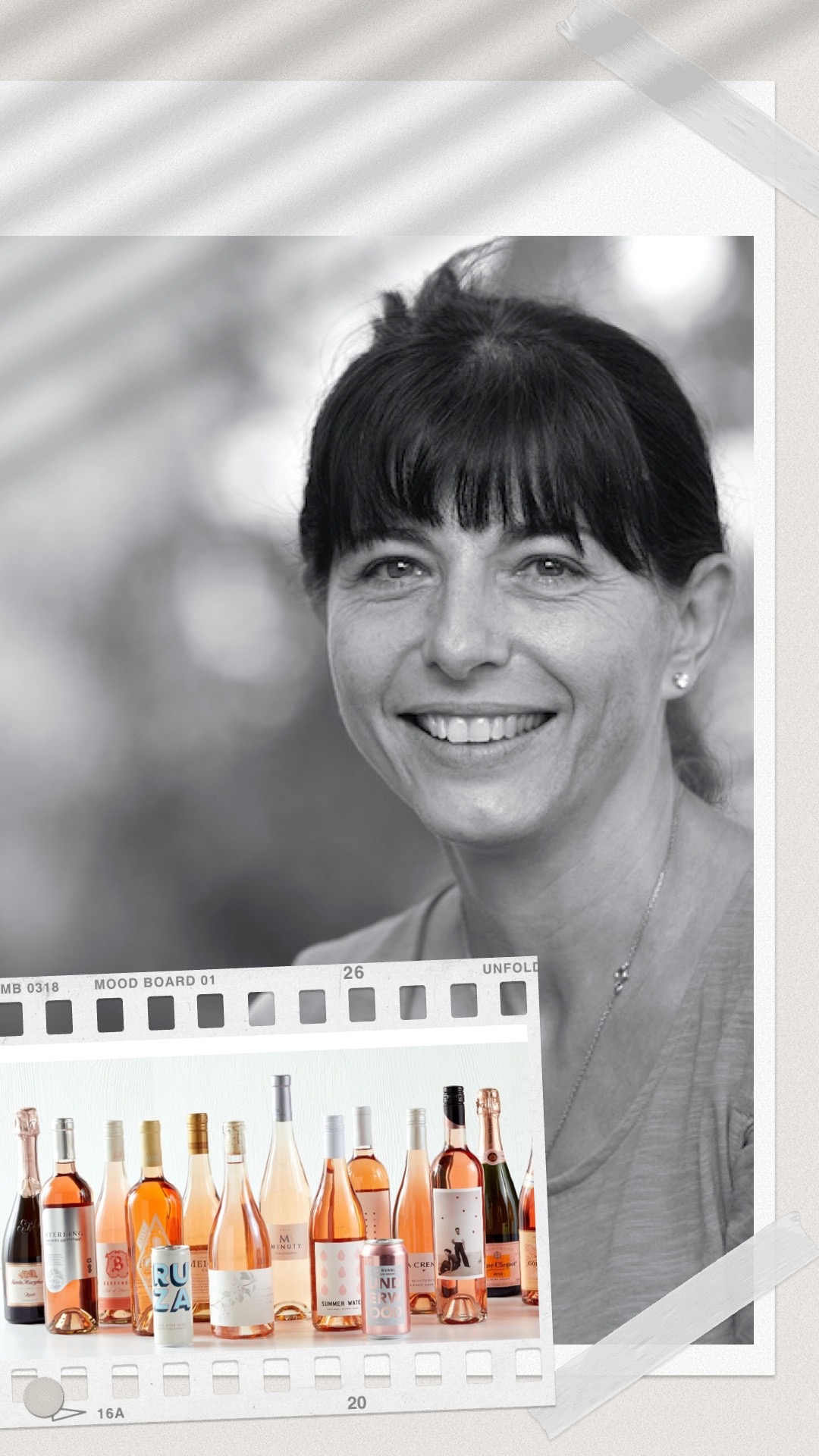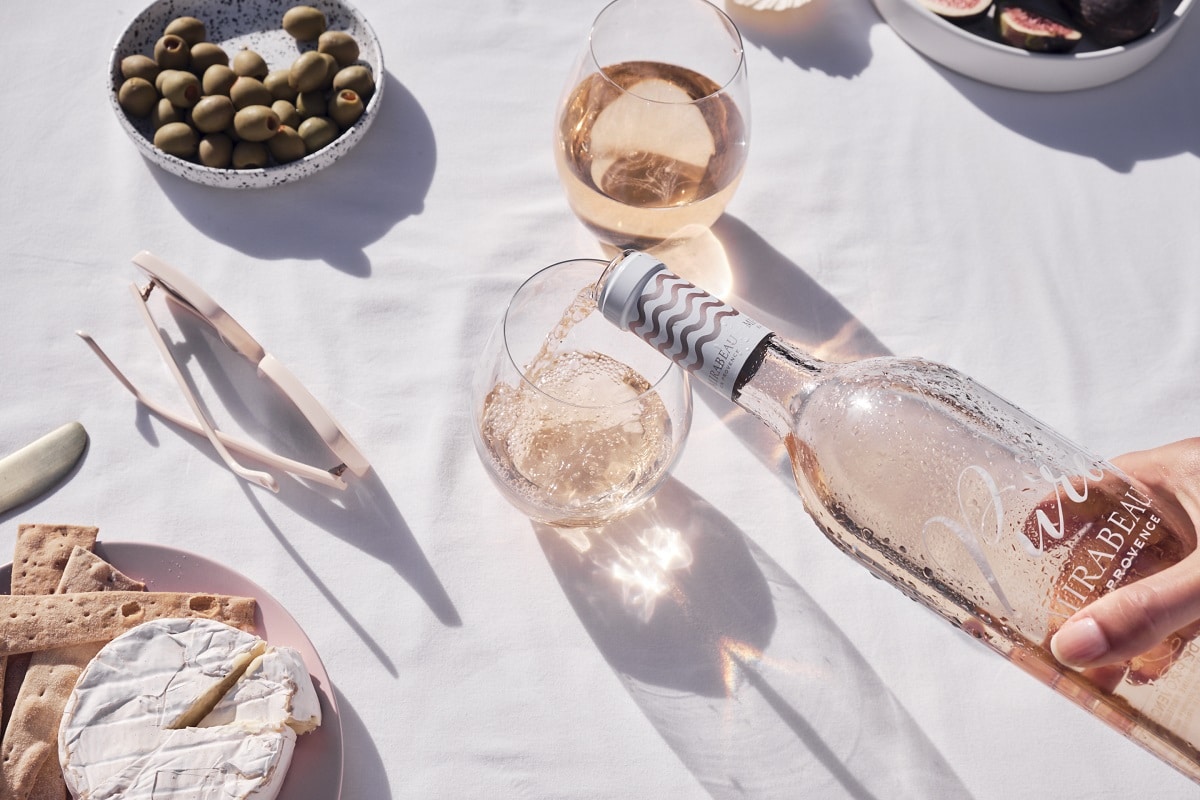My new favorite rose style for the summer is “Cerasuolo d’Abruzzo!” and here is why…
This is Abruzzo’s rose and it represents a classic, long-established style that is native only to this region. The DOC has existed since 2010, while previously these (rose) wines were under the Montepulciano d’Abruzzo DOC.
Cerasuolo d’Abruzzo wines get their distinctive deep red colour from a short maceration period (24 hours). The high-level of anthocyanins (in the skin) of the grape imbues the must with colour and tannin during this short process and time. Thereafter, the juice is matured in stainless steel for a few months before bottling.
Cerasuolo d’Abruzzo’s Profile
Cerasuolo wines traditionally have a deep, garnet color, and are made from the Montepulciano d’Abruzzo grape variety. During my recent visit, I found producers and winemakers making these wines lighter and paler in colour than in previous years,
These wines have a fruit-forward profile and energetic acidity along with great intense tannic character and wonderful freshness. It’s interesting to note that these wines have good aging potential.
I attended a wonderful six-course dinner paired with Cerasuolo d’Abruzzo. What stood out for me what that we dined on local dishes, including antipasto, a risotto dish, white meat dish, and a variety of local seafood and all the wines tasted stood up to these dishes!
#abruzzowine #cerasuolodabruzzo #rosewine #roseallday #rosewinelover @visititaly #vinidabruzzo #abruzzowines #abruzzo #abruzzoitaly #abruzzowine #wine #winelover #travelling #winetravel #winetourism #womeninwine #wineexperience #winelovers #winetravels #winetasting #wineinfluencer #wineadventures #traveldiary #traveling #italianwines #vin #abruzzowines #vinidabruzzo #abruzzolovers #abruzzowinelovers #abruzzo #regioneabruzzo @ieemusa


![Drone Footage on Mount Etna [The Highest Active Volcano in Europe]](https://www.liz-palmer.com/wp-content/uploads/2022/05/page0-18.jpg)


